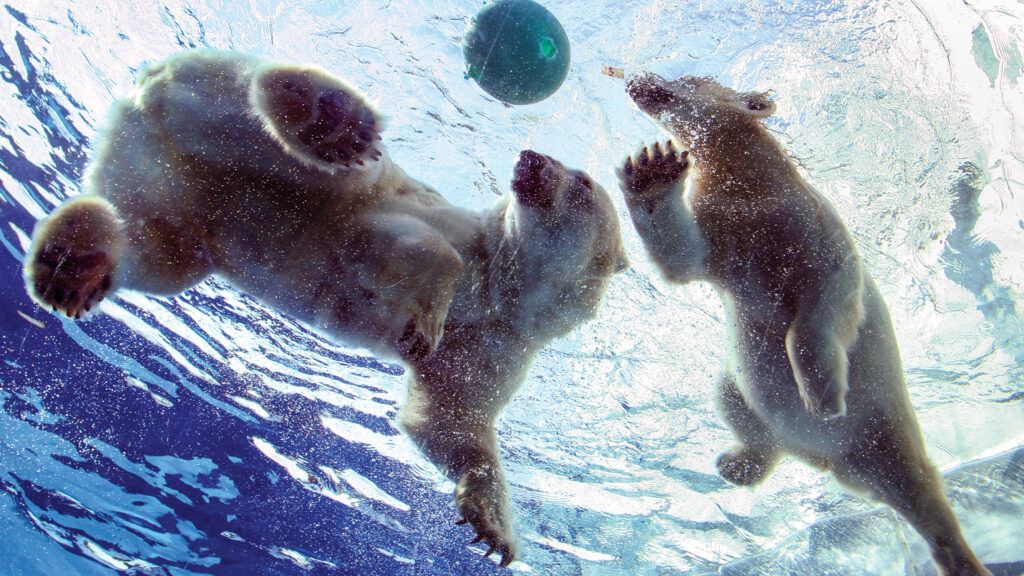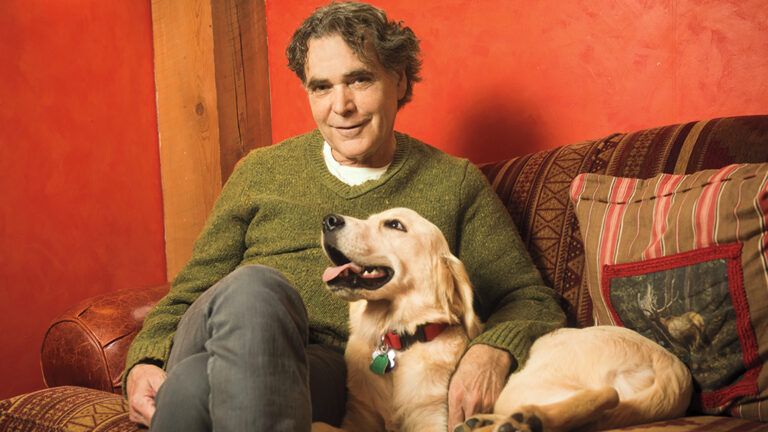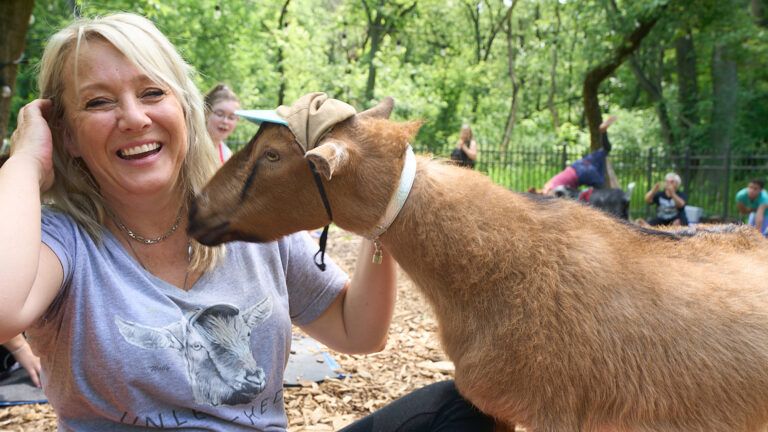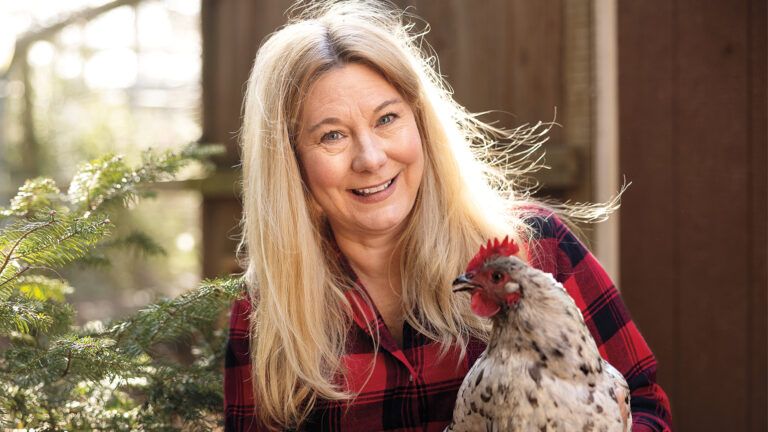On a cold November night in 2002, an unlikely group huddled in the FedEx hangar at Detroit Metro Airport. The animal activists, local media and zoo specialists were waiting for a plane carrying a unique passenger: an 18-year-old former circus performer—a polar bear named Bärle.
Like many circus animals, Bärle’s past was heartbreaking. She was born along the west bank of Canada’s Hudson Bay in 1984. Her mother was poached, and Bärle, just a cub, was shipped to Germany. She wound up with an animal trainer who took his bear show to the Suarez Brothers Circus in 1990.
A circus that toured Mexico and the Caribbean was no place for polar bears, who thrive in extreme cold. For 13 years, Bärle (pronounced “bearlah”) and six others suffered the searing tropical heat and endured beatings at the hands of their trainers. They were forced to live in cages in which they couldn’t lie down fully. In November 2002 the U.S. Fish and Wildlife Service took custody of the seven polar bears, and a FedEx plane ferried them to zoos across the United States.
Detroit was the last stop. Finally, Bärle’s plane landed.
The onlookers kept a respectful distance as the bear’s crate was placed on the hangar floor. One of the specialists from the Detroit Zoo approached slowly. She knelt, laid her hand on the mesh of the cage and softly called Bärle’s name. The bear, tired and ragged, locked eyes with her and smiled slightly. Else Poulsen smiled back.
If anyone could speak the language of bears, it was Poulsen. She was a zookeeper and a trainer, but foremost, a bear behaviorist. She’d found her calling in bettering the lives of abused and captive bears. She was known for coming face-to-face with these majestic creatures and asking, “Who are you? What can I do for you?”
Poulsen’s affinity for bears went back to childhood. Her family liked to visit national parks, and bear sightings were common. She was three years old when she saw her first bear—a black bear catching a trout in a stream. Poulsen’s parents told her something that stuck with her: Bears need room to be themselves.
As an apprentice keeper at the Calgary Zoo in Canada in the early 1980s, Poulsen began to see the truth in that lesson. She worked with every type of animal at the zoo during her four-year apprenticeship and realized that it was the bears she understood most. She learned that they are smart and have complex emotional lives. As she told Laurel Neme, a writer for National Geographic, she learned that “bears smile just like we do” and “every bear is an individual.”
Poulsen discovered that a bear’s personal history affects its behavior and decisions, much as our personal history affects ours. She made sure to respect whatever the bears had been through—whether it was years of forced performance and abuse, being separated from family members or living in cramped enclosures that were nothing like their natural habitats.
She found out their individual stories and social needs and formed bonds with each bear. “I understood early on that to make a difference in the life of a bear, I had to develop a meaningful relationship—meaningful to the bear,” Poulsen wrote in her book Smiling Bears: A Zookeeper Explores the Behaviour and Emotional Life of Bears.
Bears need room to be themselves. From Snowball, a female polar bear who paced because of obsessive compulsive disorder, to Miggy, an eight-month-old American black bear cub who was motherless and in need of guidance, Poulsen observed and addressed each case with care. She might consult a neuroscientist, as with Snowball. Or she would create a distraction, such as the goldfish-filled pond liner she installed in Andean bear Melanka’s enclosure. Or she’d become part of the process herself—for instance, occasionally biting Miggy’s ear to discipline her like a mama bear would.
Each bear she worked with touched her heart, perhaps Bärle most of all. Two weeks after her arrival at the Detroit Zoo, the polar bear started interacting with items in her enclosure. “There was straw everywhere, mixed with water, feces, food, urine, toys, boxes and feeders,” Poulsen wrote in Bärle’s Story: One Polar Bear’s Amazing Recovery from Life as a Circus Act. “It was a delightful mess that I was only too happy to clean up so she could start the discovery process all over again.”
Empowering Bärle was imperative to her recovery. In the zoo’s safe environment, she was encouraged to try new things and make mistakes. Poulsen wanted her to learn that she could make her own decisions. She wasn’t going to be told what to do. There would be no more punishment, no more pain.
Slowly, Bärle’s behavior shifted. For enrichment, she went on daily scavenger hunts and used puzzle feeders. She played with a ball and had fun tossing items into her 150-gallon stock tank. She tried new foods and napped for hours at a time, which was crucial for both her mental and physical healing.
Bärle settled in at the Detroit Zoo’s Arctic Ring of Life, a four-acre tundra habitat with indoor and outdoor spaces and a freshwater pool. Seven other polar bears lived there, and she grew close to a male named Triton. Two years after her arrival, Bärle gave birth to a daughter, Talini. Watching mother and cub bob around in the water and “chase” seals that they saw through a thick underwater window, Poulsen knew Bärle’s rehabilitation was complete. She had “lived to recover from her trauma through human compassion,” Poulsen wrote in Bärle’s Story.
Bärle died in July 2012 at the age of 27. Because of Poulsen, she got the chance to live the life she deserved. “People always ask zookeepers who their favorite animal is,” Poulsen told Laurel Neme. “For myself, it’s the animal that needs you the most.” Bears need room to be themselves. They also needed Else Poulsen.
Did you enjoy this story? Subscribe to All Creatures magazine.





